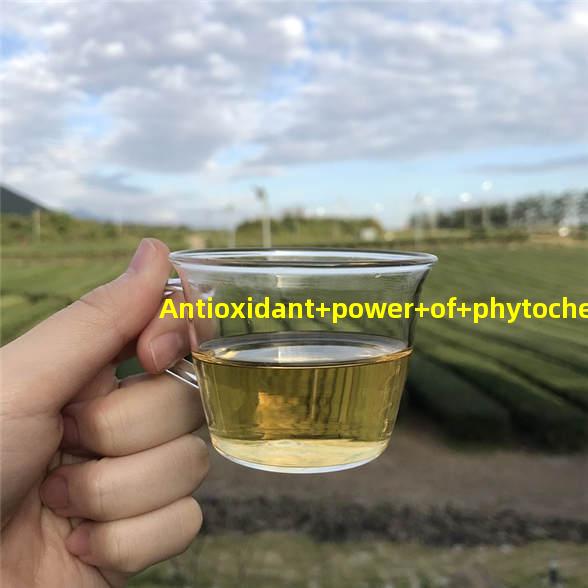
Dried ground leaves ofPsidium guajava L. (guava) were extracted by water and aqueous ethyl alcohol 50%(1:10) ratio, and the total phenolic content in the extracts was determined spectrophotometrically according to FolinCiocalteu"s phenol method and calculated as gallic acid equivalent (GAE). Remarkably high total phenolic content 575.3±15.5 and 511.6±6.2 mg of GAE/g of dried weight material (for ethanol guava leaf extracts and water guava leaf extracts,respectively) were obtained. The antioxidant activity of lyophilized extracts was determined at ambient temperature by means of a 2,2-diphenyl-1-picrylhydryzyl (DPPH") colorimetry with detection scheme at 515 nm. The activity was evaluated by the decrease in absorbance as the result of DPPH" color change from purple to yellow. The higher the sample concentration used, the stronger was the free radical-scavenging effect. The results obtained showed that ascorbic acid was a substantially more powerful antioxidant than the extracts from guava leaf. On the other hand, the commercial guava leaf extracts and ethanol guava leaf extracts showed almost the same antioxidant power whereas water guava leaf extracts showed lower antioxidant activity. The parameter EC50 and the time needed to reach the steady state to EC50 concentration (TEC50) affected the antiradical capacity of the sample. The antioxidant efficiency (AE) has been shown to be a more adequate parameter for selecting antioxidants than the widely used ECs0. This study revealed that guava leaf extracts comprise effective potential source of natural antioxidants.
完成机构:DepartmentofFoodScienceandTechnology,FunctionalFoodsResearchCenterofMinistryofEducation,SouthernYangtzeUniversity,Wuxi214036,China
杭州江南
茶叶市场如何经营
茶叶生意
